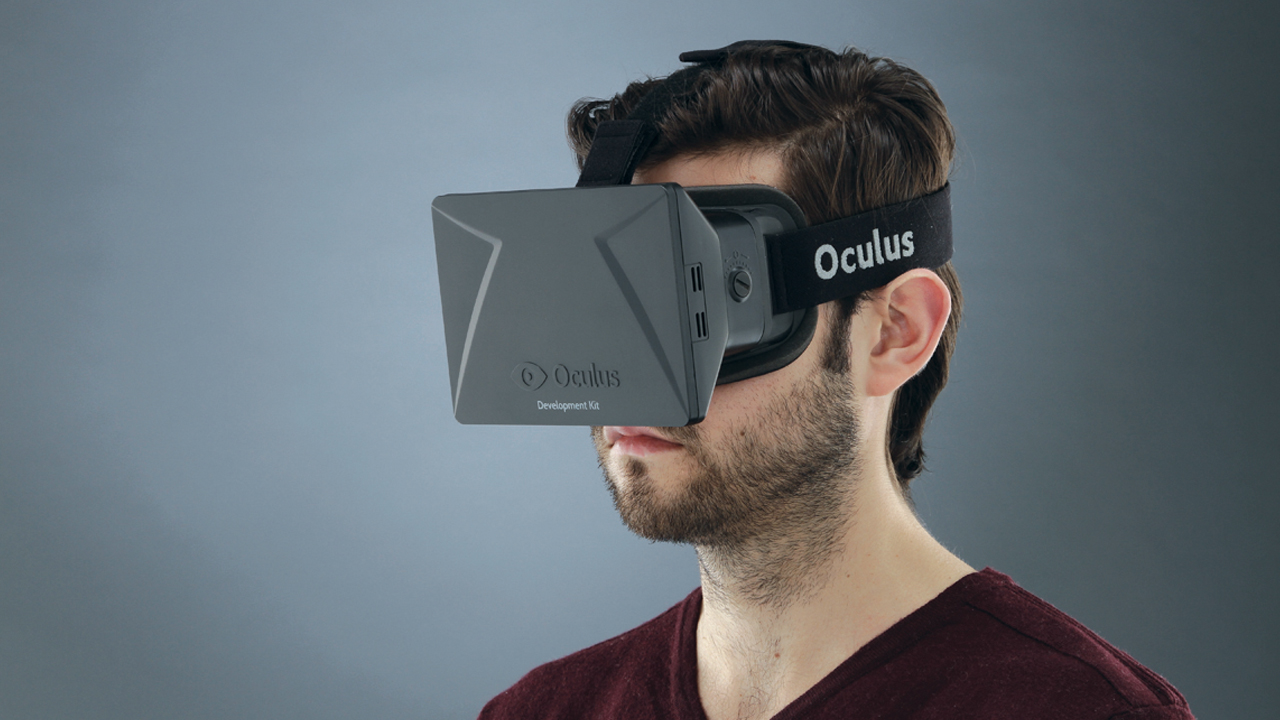
Wevr Transport just raised $25 million from investors.
A California-based tech start-up, Wevr Transport, is developing a novel online channel for virtual reality content, according to a Fortune report. The company has raised over $25 million in seed money from strategic investors. Wevr, currently in beta testing, intends to be a virtual reality content house allowing creators to publish their work. Users will have access to the material their proprietary Transport mobile app offering free and paid subscriptions and can be viewed through mass-market headsets including Google Cardboard, Samsung Gear VR, HTC Vive, Facebook’s Oculus Rift, and Sony’s PlayStation VR.
Transport’s technology is offered as a package consisting of the application, cloud service to store the material and the backend that develops the virtual reality content. The start-up is also pairing with independent virtual reality filmmakers, having already established a $1 million VR venture fund last year. And the investment has paralleled early success, as four Wevr films were selected for 2016 Sundance Film Festival’s New Frontier exhibit including Waves, Irrational Exuberance, Hard World for Small Things, and theBlue: Encounter, all developed with Valve’s HTC Vive. Sundance held a record 30 virtual reality films, more than double of last years at just 12 films.
Neville Spiteri, co-founder and CEO of Wevr said, “Through our collaboration with startup KaleidoscopeVR we discovered Tyler Hurd—known for a viral VR experience, Butts—and partnered with him on a new interactive experience that will be showcased at Tribeca Film Festival,” and adds, “Other artists coming to Transport include Phil Tippett (Academy Award winner best known for stop-motion animation work) and hip-hop band Run The Jewels’ debut VR work, VRTJ.”
Wevr has built up momentum in Hollywood in the virtual reality space formerly collaborating with Adult Swim on The Virtual Brainload, Lionsgate LGF with The John Wick Experience, and the 10-episode thriller Gone produced by Samsung and Skybound Entertainment.
Spiteri adds, “Transport is purpose-built to extend and embrace VR creative’s aspirations with software solutions, enabling them to create, produce, distribute, and grow audiences on all headsets worldwide.” Research consulting firm Tractica estimates that 200 million consumer VR headsets will be on consumers’ heads by 202o. Also, projections include that consumer virtual reality technology revenue will spike from $108.8 million in 2014 to $21.8 billion globally by 2020, which is a compound annual surge of 142%.
Considering all the big players in the industry—Facebook , Sony , HTC , Samsung , Microsoft , Nvidia , AMD , Intel , Valve, and other tech behemoths injecting billions of dollars in virtual reality hardware, Spiteri concludes that the most sought after content will be produced from independent studios that generated 100% of their inventory on virtual reality. He also adds, “The biggest challenge smaller and independent VR filmmakers face today is getting their hands on the appropriate technology to both create and publish their VR works,” Spiteri says. “And then finding a home and community that hold their hands through the process, and help promote their work. Transport will help make the end-game publishing process easier for VR makers.”
Over 5 million Google Cardboards are already being worn with estimated sales of 5 million Gear VRs this year. This mobile market of virtual reality is the most cost affordable and accessible for consumers, which Transport will connect with, opening the gate to more committed purchases such as Oculus Rift or HTC Vive or PlayStation VR.
“We expect high-quality premium experiences on PC and consoles to sell very well,” Spiteri says, and observes, “Creators will monetize starting this year. Demand will outstrip supply, both on the hardware and even more so on the content side. We know from previous hardware and platform cycles that establishing yourself, and your content, early can yield huge leverage.

Leave a Reply